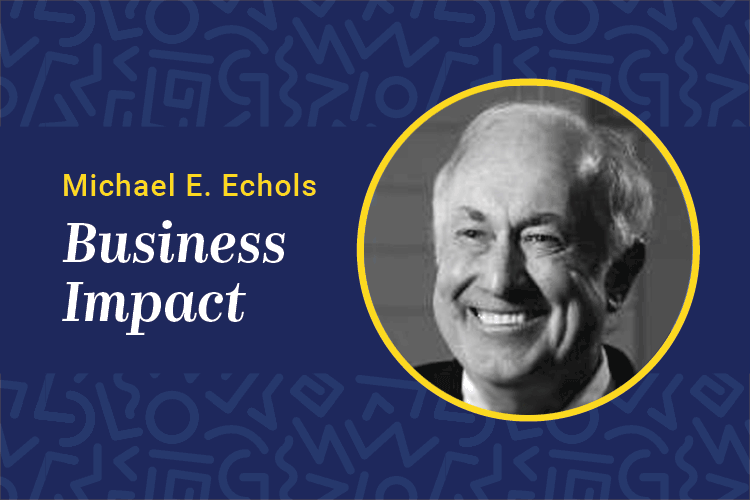Accepting that learning is linked to value allows us to shift our focus to a different set of questions, the most critical of which is “value to whom?” To answer this question we need to begin with value, and by association, finance and macroeconomic theory.
Warren Buffett is very clear about what he considers current value. His definition is the future stream of net cash flow discounted back to the present using a period interest rate. With this calculation Buffett looks at the current market value of an investment and compares it to the value calculated in the discounted cash flow stream. Before you dash off with a “so what?” I believe this is an important conclusion for a couple of reasons.
The first is because this is the direction macroeconomic theory is headed, particularly when it comes to value creation as measured by GDP growth and productivity. This new thrust by these economic theorists has been inspired by the fact that past neo-classical macroeconomic models are producing bigger and bigger error terms between prediction and observation.
While we are not directly interested in macroeconomic theory here, we are interested in this divergence between theory and practice because the GDP is composed primarily of the value being created in our individual firms. If the GDP numbers on value creation are wrong and growing, it means the same thing is happening at the microeconomic level within your firm.
The first thing the economists conclude about this divergence between theoretical productivity and measured productivity is there is a whole lot of value being created that current models fail to capture. That mystery value is being created by expenditures on intangibles, at least 50 percent of which are expenditures on human capital, primarily in the form of learning and development. Here we have to be careful because the accountants have hijacked the intangibles category on balance sheets to park such things as goodwill related to an acquisition.
It is important to fully understand what the accountants are measuring. The accountant measures goodwill as the market price of an acquisition minus the net asset value of that acquisition. This is not what either the macroeconomists or Warren Buffett are talking about in their value calculations.
For more evidence about the divergence between accounting and Buffett’s value proposition, look at the rules of measurement. Accountants always look backwards. Further, they require a market transaction to set an asset value. So, a building purchased and carried on the company balance sheet is valued at its acquisition price net of depreciation.
Buffett looks forward in a forecast, and he estimates values. In these calculations there is an estimated net cash flow for years into the future. Audit rules do not apply. Immediately we can see from this discussion that there is a huge divergence in the simple concept of value — what appears to be the easiest part of the deceptively simple natural law: learning creates value.
Lest you fog over before we get to some of the other implications of this question, I want to leave you with one final thought about what all of this means for your company. The bottom line is the economic models will change. With that change, firms will follow, dragging the accountants kicking and screaming into this new value conversation.
For you and your firm, the risk is that your competitors will figure out how to make strategic investments in learning and development that creates value faster than you do. The danger is that your markets begin to look like the markets for Blockbuster and Borders where Apple figured out the new value equation first. The interesting thing about the Blockbuster and Borders story is that neither of them considered themselves in the markets Apple serves. They were merely in the crosshairs.
Michael E. Echols is the vice president of strategic initiatives at Bellevue University and the author of ROI on Human Capital Investment. He can be reached at editor@CLOmedia.com.














